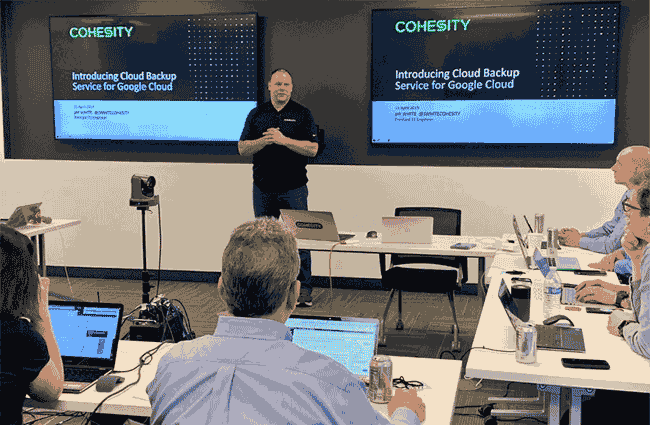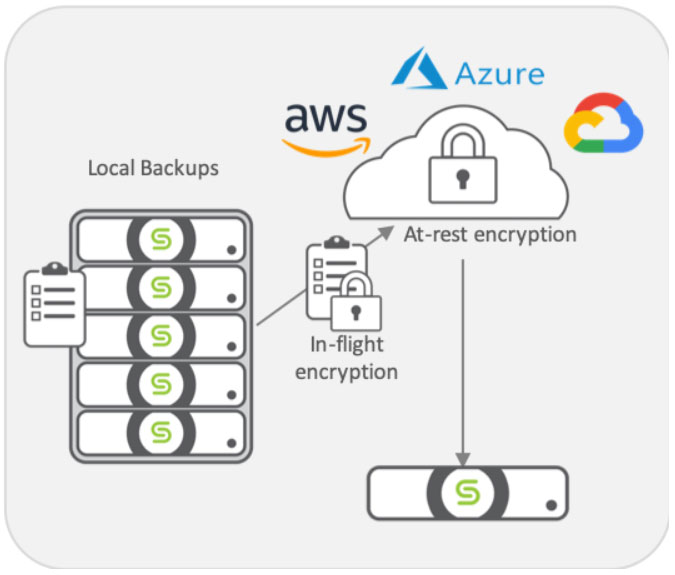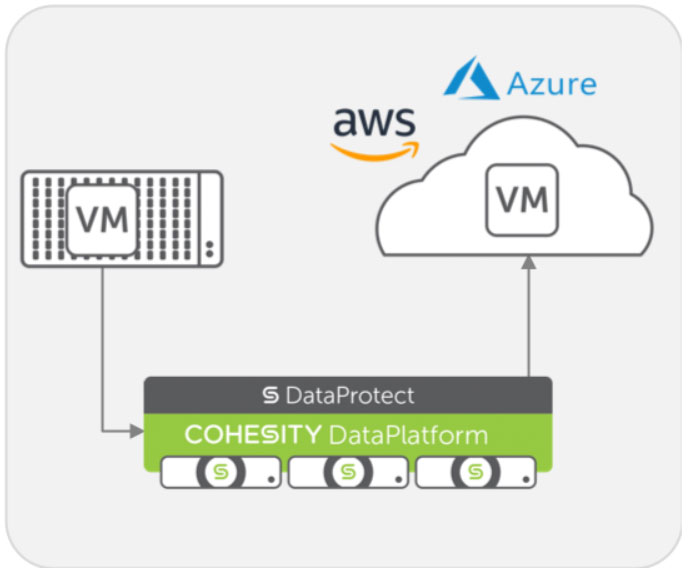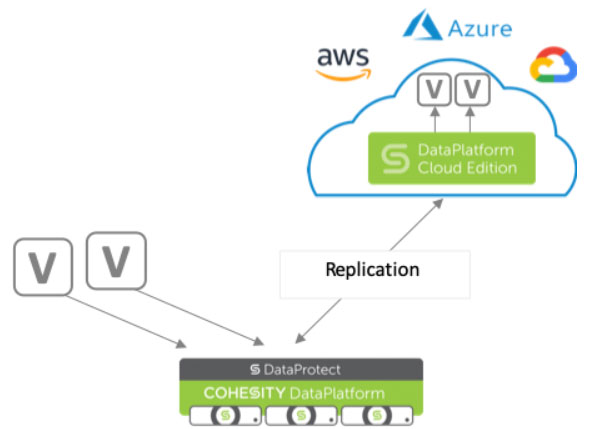For the last few years, it seems all we can talk about in the IT industry is a cloud journey. From all angles, we are bombarded with stats, rhetoric, and even outright fabrications as to what this means to an organization. To many organizations, a journey to the cloud signifies a major change, both an opportunity as well as a risk, especially to the current status quo of IT operations. How can we, on the IT vendor side, help these organizations and smooth out the transition of key business components to the cloud?
First, as highlighted by Principal Technologist Theresa Miller at Cloud Field Day 5, is providing data protection services for Software-as-a-Service (SaaS) applications. SaaS applications are often a first step as an organization starts their cloud journey. However, many SaaS applications lack the inherent protection features and SLAs that we are accustomed to with on-premises. Increasingly, SaaS usage is becoming one of the highest use cases for organizations in which data loss occurs (whether through malicious or non-malicious intent). Cohesity helps with data protection of one of the industry’s most popular SaaS applications, Microsoft Office 365 Exchange Online.
Second is providing more capabilities for cloud native workloads, specifically virtual workloads in public clouds. Many cloud vendors have SLAs that provide minimal protection for these workloads, and as with SaaS applications, the data within is the responsibility of the organization running the workloads. Protecting those workloads, in their native formats, is yet another part of the Cohesity solution, as demonstrated by yours truly, Principal Technologist Jon Hildebrand. Providing these platforms with all the same software benefits and storage efficiency as their on-premises brethren is another key to helping organizations smooth the transition to the cloud.
Going a step farther, Cohesity introduced and demonstrated for the first time a Backup-as-a-Service model within Google Cloud Platform. An organization can simply request access to the service through the Google Cloud Marketplace and start consuming Cohesity’s software, without having to install anything in their Google Cloud projects! This makes it easy to protect Google Cloud Platform native workloads, while relying on Cohesity for day-to-day operations. Sounds like a win-win for everyone!
Cohesity Principal TE Engineer, Jay White, demonstrates Cohesity Cloud Backup Service for Google Cloud at Cloud Field Day 5.
Lastly, the cloud provides excellent capabilities for organizations looking to enhance their disaster recovery (DR) strategy. Organizations are increasingly aware that their DR strategy has to account for the different tiers of applications that reside in their data centers – in my past life typically termed Gold, Silver, and Bronze – and the importance of managing the differing recovery SLAs for each of those applications. As part of our mission to eliminate backup as an expensive insurance policy, the Cohesity platform offers workflows designed for multiple DR SLAs.
For Bronze-level workloads that are ok with a longer recovery SLA, often measured in days, Cohesity provides long term retention abilities, using cloud storage tiers to archive the application and its associated data. In the event of a disaster, that data can be retrieved (using Cohesity’s CloudRetrieve) onto another Cohesity platform, and the infrastructure can be hydrated and made available in a whole new environment.
Bronze-level Disaster Recovery SLA with Cohesity CloudArchive and CloudRetrieve.
With those organizations needing a Silver-level, SLAs categorized in hours, Cohesity provides a workflow, CloudSpin, that converts on-premises virtual machines to cloud native virtual machines. Depending upon the public cloud, our workflow engine will transfer the data to the cloud account and perform post processing to import the data into the cloud account. From there, the workflow can be spun up and made available, with no data loss. This can help organizations effectively make whole application stacks available in a public cloud from their backup data!
Converting virtual workloads from on-premises VM types to public cloud VM types with Cohesity CloudSpin.
Finally, for organizations seeking even lower SLA times (Gold-level), specifically in a matter of 10s of minutes, Cohesity can utilize the same software that’s available on-premises but made available in a public cloud. Using CloudEdition and providing some network connectivity between on-premises and a public cloud account, replication services can be set up between the two Cohesity clusters. From there, replication can be added to a protection job and whenever a successful backup occurs on-premises, the data is transferred and made available on the CloudEdition. The flow can also be reversed from CloudEdition to the on-premises version, especially after a disaster occurs, returning the data and making it available post-disaster. This can be done with our Scale-Out NAS system as well as with virtual machines.
Achieving Failover and Failback capabilities between two different Cohesity clusters with Cohesity Replication
As we talked about at Cloud Field Day 5, the cloud is a vital part of almost all organizations’ strategies today, yet it is not necessarily simple to enact the same protection and recovery capabilities as on-premises. And this is complicated by the fact that most of us are living in a hybrid world with custom or legacy applications in our data centers.
Cohesity was designed as a cloud-native solution to span the public cloud and the data center and provide a single solution that allows organizations to embrace the cloud knowing they can achieve the same enterprise-grade data protection and disaster recovery capabilities across both. As always, our solutions keep expanding as cloud offerings mature, allowing organizations to keep up with the latest trends in cloud adoption. Stay tuned for more!




















